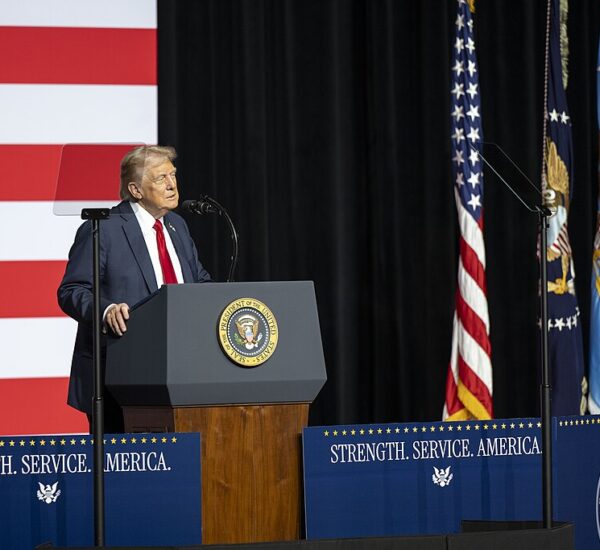Trump Takes On Endangered Species Act
In a major move welcomed by landowners, farmers, ranchers, and energy producers, the U.S. Fish and Wildlife Service and the National Marine Fisheries Service have announced four new rule proposals designed to restore the Endangered Species Act (ESA) to its successful, Trump-era framework used in 2019 and 2020.
These proposals undo the Biden administration’s 2024 regulatory expansion, which critics say created unnecessary federal control, added burdensome red tape, and wandered far beyond the law’s original intent.
Restoring Common-Sense Conservation and Protecting American Landowners
Interior Secretary Doug Burgum said the rollback is about getting the ESA back to what Congress intended: Real conservation, clear rules, and respect for the people who work America’s land.
“These revisions end years of legal confusion and regulatory overreach,” Burgum said. “They give certainty back to states, tribes, landowners, and businesses—while keeping wildlife protections rooted in sound science and genuine common sense.”
Fish and Wildlife Service Director Brian Nesvik added that the restored rules will support wildlife recovery without undermining U.S. energy production, agriculture, or infrastructure projects.
“We’re restoring clarity and predictability,” Nesvik said. “The focus is on real recovery—not endless paperwork.”
What the Four New Rules Would Change
The proposals cover several key areas of the ESA, including:
• Listing endangered or threatened species
Restoring long-standing criteria that prevent political manipulation of listings.
• Designating critical habitat
Providing flexibility so communities, states, and private landowners aren’t steamrolled by blanket federal mandates.
• Interagency consultation
Ensuring faster, clearer coordination between federal agencies and local stakeholders.
• Considering economic impacts
Reinstating the requirement to weigh how regulations affect jobs, energy development, agriculture, and the broader economy.
These updates also comply with the 2024 Supreme Court ruling ending automatic deference to federal agencies.
Under the ruling, the ESA must be applied according to its plain language—a major win for accountability and constitutional governance.
The proposals further carry out President Trump’s executive orders aimed at removing unnecessary regulatory barriers that slow down responsible resource development while still maintaining core species protections.
Environmental Activists Outraged Over Rollbacks
Left-wing groups reacted angrily.
Earthjustice accused the Trump administration of “stealing habitat,” despite decades of criticism that the ESA has become more about expanding bureaucratic control than actually saving species.
Earthjustice attorney Kristen Boyles claimed the proposal “ignores common sense and science,” even though the updated rules emphasize science-based conservation and legally required standards.
The organization also pointed to more than 150,000 comments submitted earlier this year—many mobilized by activist networks opposed to Trump’s regulatory approach.
Environmental activists argue the rules tilt toward economic development.
Supporters say they simply stop Washington from crushing rural communities with unnecessary mandates.
What Happens Next
The proposed rules will be published in the Federal Register, triggering a public comment period.
Supporters of property rights, energy independence, and commonsense conservation are expected to weigh in heavily.






